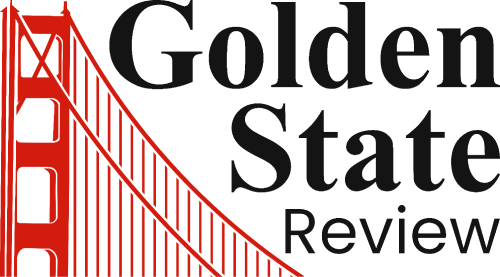San Francisco Office Expansion Trends Amid Return-to-Office Focus
Recent insights from a KPMG survey highlight a significant shift among business executives in San Francisco towards expanding office spaces as they promote in-person work environments. The survey, which included responses from high-ranking officials at the vice president level and above, reveals robust intentions to grow headcount and foster a return to the office.
Key Findings from the KPMG Survey
- Approximately 75% of participating executives indicated plans to expand their office locations in San Francisco.
- Nearly 80% noted a commitment to increasing the frequency of employee returns to the office.
- 66% of the executives plan to boost their workforce within the year, with findings reported by the San Francisco Business Times.
- A striking 91% of business leaders conveyed high confidence in the growth prospects of San Francisco.
Shifts in Office Space Utilization
While the survey did not provide specific growth estimates for office space, the data suggests a decline in downsizing trends that have characterized the past three years. San Francisco experienced a peak vacancy rate of 37% last year. This signals a potential rebound as sectors begin to stabilize.
Historically, many large companies have either relocated to smaller offices or renewed only partial spaces. Notably, KPMG is reducing its office footprint as it prepares to move from a 138,000 square foot facility to a new location at 505 Howard Street, leasing around 100,000 square feet.
Corporate Examples: Lyft
In a similar vein, Lyft has recently extended its headquarters lease for 170,000 square feet at 185 Berry Street, although this is considerably less than the 335,000 square feet initially occupied. In 2022, Lyft sought to sublease part of the Berry Street complex, reflecting the changing dynamics of workspace needs.
Return-to-Office Mandates Driving Change
Growing return-to-office directives, alongside advancements in generative artificial intelligence, are fueling an uptick in office leasing activity in San Francisco. City officials are also pushing for increased in-person work, with Mayor Daniel Lurie announcing a new policy for city workers to report to the office at least four days a week.
City Workforce Structure
Currently, about 70% of the city’s workforce, totaling 34,000 employees, already operates on-site in essential sectors such as public safety, healthcare, and transportation. Mayor Lurie aims to send a clear message to the private sector about the importance of returning to structured work environments.
Union Contracts and Salesforce Initiatives
Challenges remain, however, as existing union contracts for city workers, which are set to expire in 2027, provide for a two-day-per-week remote work policy. Salesforce, the city’s largest employer, is instructing most employees to return to the office for four to five days a week starting October 1, 2024, following a two-year hybrid work policy.
This return-to-office shift aligns with the company’s earlier decision to place its 412,000 square foot Salesforce West tower on the sublease market in 2022, indicating a shift in spatial strategy.
Conclusion
The trends observed suggest a growing optimism among business leaders about the future of San Francisco as a work hub, with increased office space utilization anticipated as companies adapt to new work demands and economic conditions.



